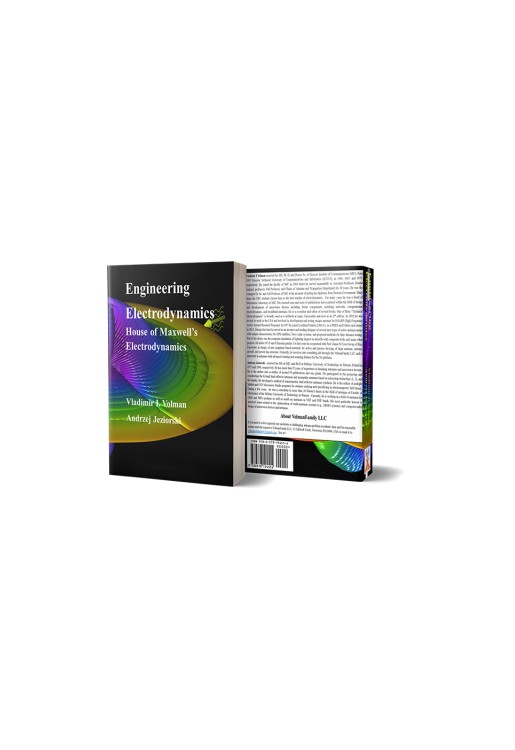


Welcome to "House of Maxwells Electrodynamics" or even better, "Kingdom" of Electrodynamics. Like any house, it has a solid foundation made of four "all-inclusive" equations discovered by James Clerk Maxwell in 1861. Over the following 150 years, auniverse was erected on this simple basis. It helped to establish the unique relationship between electric and magnetic fields, electromagnetic field interactions with the surrounding world, and the possibility to carry energy and information through space. Maxwells equations "govern" the electromagnetic processes in our body, "make" modern computers intelligent, "deliver" the electrical power to our home and elsewhere around the world, and "provide" all satellite, wire, and wireless communications, internet connections, etc. It would not be an exaggeration to say that the current state of civilization is a broad "solution" of Maxwells equations. The primary intent of this book is to help readers reach a deeper understanding of the fundamentals of electrodynamics, show how to use this knowledge in a challenging world of practical engineering and teach the corresponding skills. We are not going to provide a full course of modern electrodynamics, as that would take many and many volumes. Our relatively narrow goal is to give our reader a basic understanding of electrodynamics that makes him/her capable of solving modern engineering problems for a reasonable period of time.
If you are looking for ideas on how to shorten your way to a practical solution to your engineering problems in a time and money constrained environment or you would just like to get the most out of your study in continuous education – you will see that this book for you.
CHAPTER 1: Basic equations of macroscopic electrodynamics
CHAPTER 2: Neoclassical theory of interaction of electric and magnetic fields with material media
CHAPTER 3: Poyntings theorem
CHAPTER 4: Solution of basic equations of electrodynamics
CHAPTER 5: Antenna basics
CHAPTER 6: Feed line basic
CHAPTER 7: Discontinuity in feed lines
CHAPTER 8: More complicated elements of feed lines
CHAPTER 9: Approach to numerical solution of electrodynamics problems